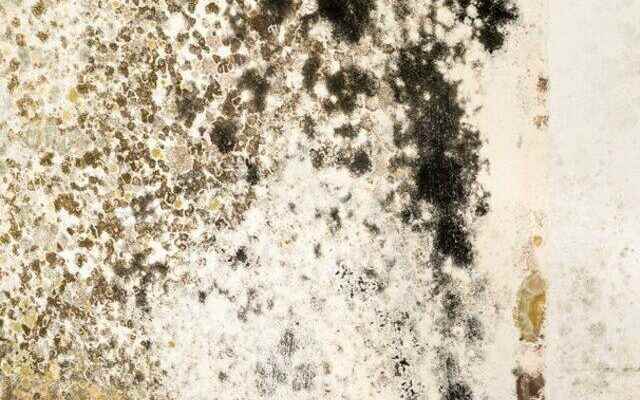With the arrival of cold weather, dampness can reproduce in many areas of the house. Failure to intervene in humidity affects our health by causing the humidity to turn into mold. Those who think that humidity is only irritating for smell and appearance are surprised when they hear about the damage it causes to health.
Following the tragic death of two-year-old Awaab Ishak, who died in 2020 from respiratory ailment caused by black mold in her home, it is of great importance to know the effects of mold. According to Doctor Chun Tang, exposure to mold can cause a condition known as mold toxicity; this may be linked to breathing difficulties such as asthma and shortness of breath, as well as symptoms such as headaches, mood changes and even sexual dysfunction.
MOLD IS A TOXIC BIOTOXIN
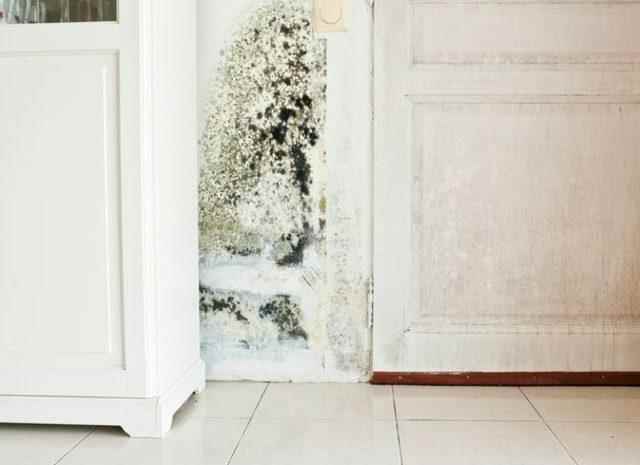
Dr Tang said: “Mold is a biotoxin, a poison produced by living organisms. There are many physical manifestations of mold toxicity, but reports have shown that it can also have psychiatric effects. “Studies have shown that exposure to mold has a lot to do with the brain, from memory loss to increased anxiety. There are many types of mold, but four of them are the ones you’ll likely see in your home. So what are the four dangerous molds?
cladosporium
This type of mold is brown, green, or black in color and is mostly found on wood, carpet, and fabrics. According to health experts, Cladosporium has been associated with skin problems as well as eye, ear and sinus infections.
Aspergillus
Aspergillus can be green, white, or gray in color and can be distinguished by its dark spots and powdery appearance. This mold often thrives on walls, attics, cellars, and dry food, and can be particularly risky on walls, attics, cellars, and dry foods, and can be risky for people who are already debilitated or suffering from asthma and other respiratory complications.
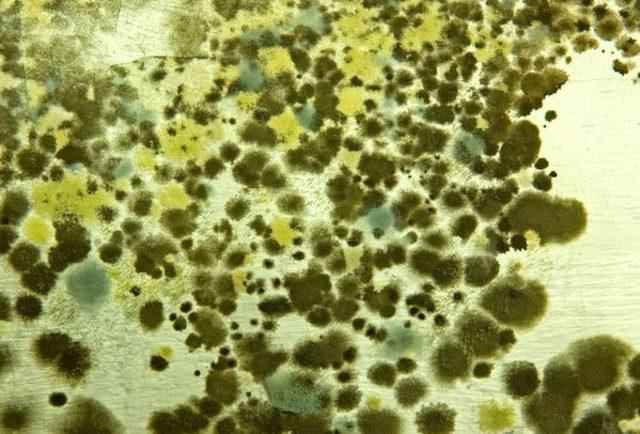
penicillium
This is a hairy-looking mold that can be blue, green, or yellow in color. It is found under carpets, in basements and in isolation and can be a threat to those with compromised immune systems.
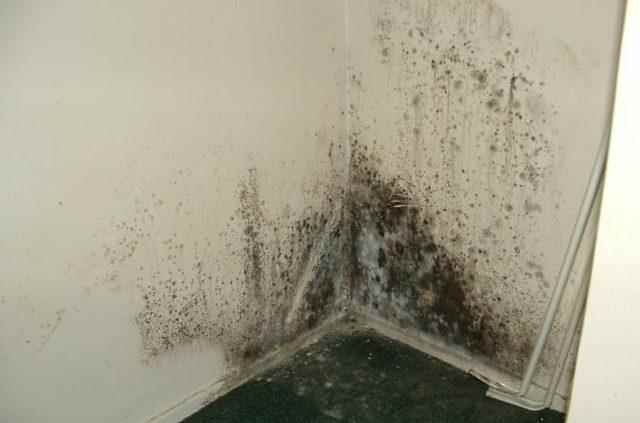
Stachybotries
Also known as black mold, this is one of the most notorious strains because it produces toxins called mycotoxins, which are dangerous to humans and can cause respiratory problems, immunosuppression, and mental disorder.
PAY ATTENTION TO THE ODOR
According to Dr Tang, you can tell if your home has a mold problem if it has a “musty, earthy smell.” You may think that evidence of mold is just a piece of dirt, but the difference is that while mold continues to grow, patches of dirt do not. The expert said: “Besides mold causing chest and respiratory problems, there are a wide variety of complications it can bring, especially if you’re sensitive to other allergens such as dust. That’s why it’s important to maintain good airflow in homes.”
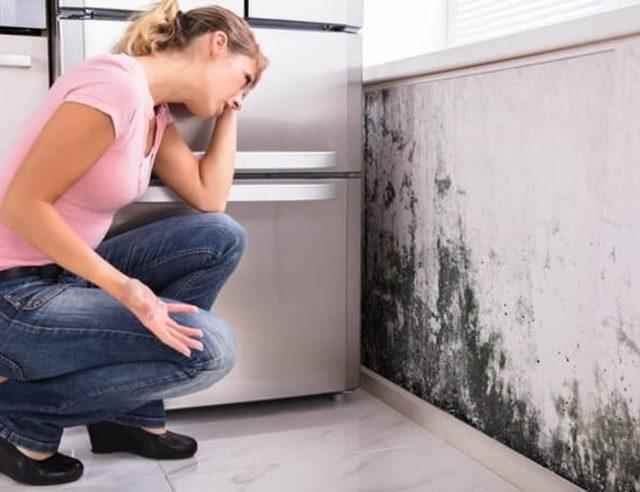
CHECK HIGH HUMIDITY AREAS
“Check areas where mold can grow easily – anywhere there is excessive moisture, including bathrooms, windows, basements, and tiles. People also need to be extra vigilant for their physical and mental health and watch out for symptoms that could indicate exposure to mold toxicity. Although it’s hard to pinpoint mold as the culprit. Also, it’s worth keeping in mind if you suspect your home might be damp.”
HOW TO CLEAN MOLD?
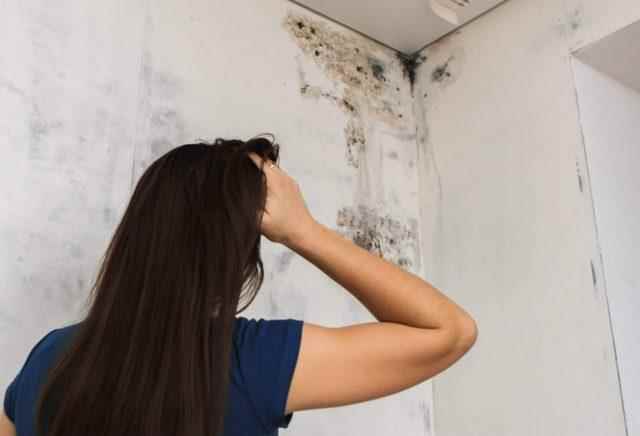
If you suspect mold is growing in your home, it’s important to try to fix the problem as best you can. According to Good Housekeeping, you should always wear protective gear, such as rubber gloves, when cleaning up mold, because spores can circulate through the air as you scrub the walls or floor. The best way to kill mold and keep it from recurring is to use a bleach solution or a special mold removal spray, but some people also use products like white vinegar or even dish soap as a mildew remover.
